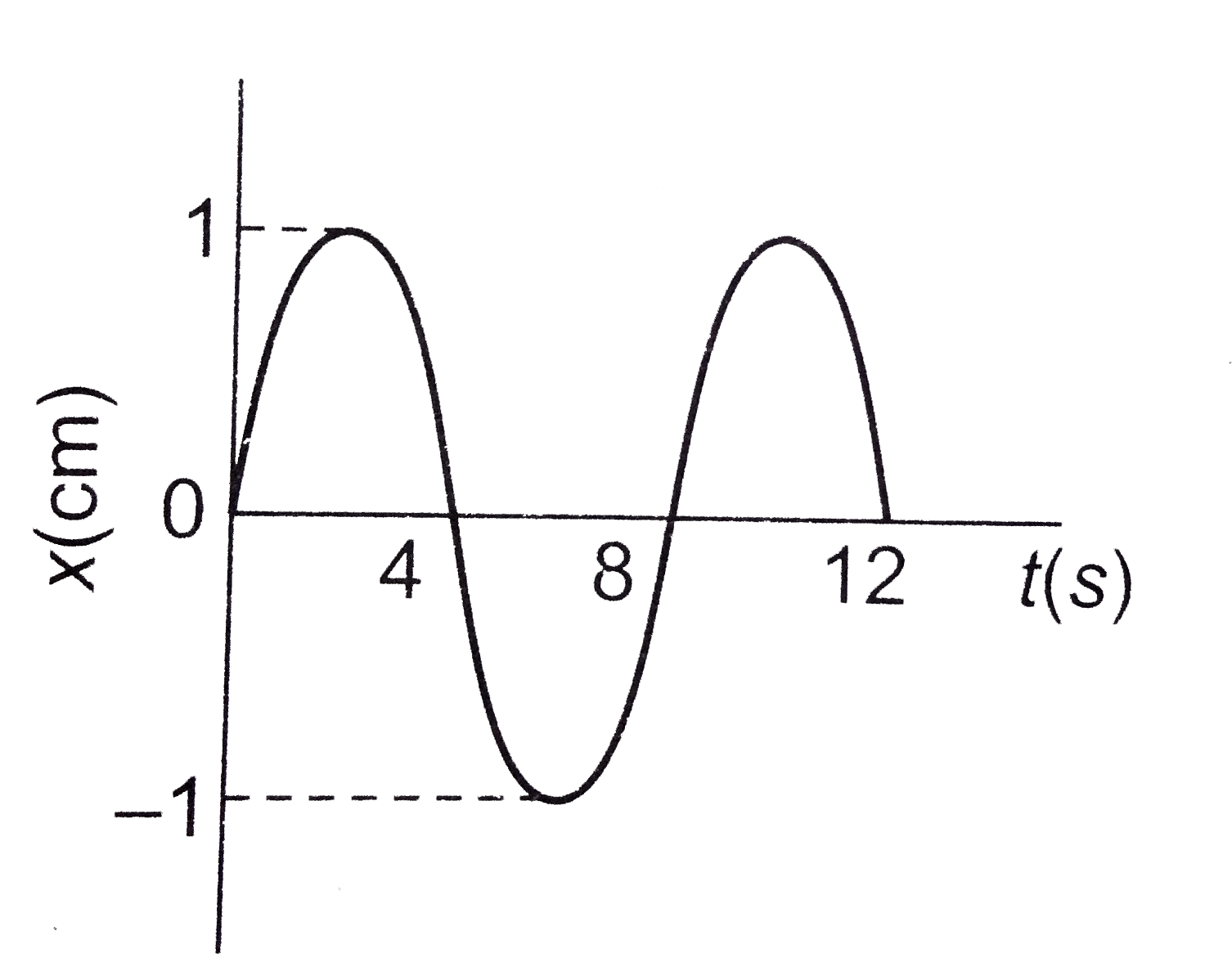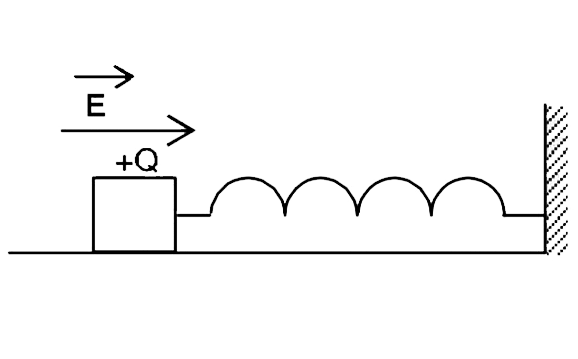Competition File (JEE (Advanced) For IIT Entrance) from MODERN PUBLISHERS PHYSICS Chapter 25 OSCILLATIONS for Class 11
| Class 11 | PHYSICS |
| Chapter | OSCILLATIONS |
| MODERN PUBLISHERS PHYSICS | Competition File (JEE (Advanced) For IIT Entrance) |
| Medium | English |
| Academic Year | 2023-2024 |
Question 1
Student I, II and III perform an experiment for measuring the acceleratioon due to gravity (g) using a simple pendulum . Theu use different lengths of the pedulum and /or record time for different number of oscillations . The observation are shoen in the table .
Least count for length =0.1cm
Least count for time =0.1s
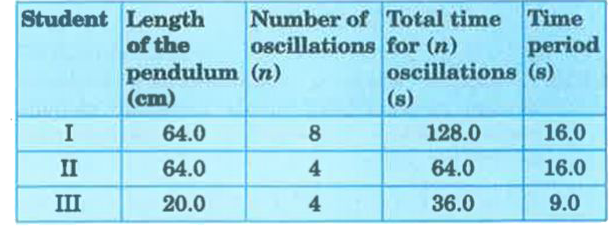
If EI, EIIand EIIIare the percentage errors in g,i.e
Δgg×100for students I, II, and III respectively , View SolutionQuestion 2
A block (B) is attached to two unstriched sprig S1 and S_(2) with spring constant K and 4K , respectively (see fig 1) The other ends are atteched in identical support M1 and M2 not attached in the walls . The springs and supports have negligible mass . There is no friction anywhere . The block B is displaced toword wall 1 by a small distance z (figure (ii)) and released . THe block return and moves a maximum displacements x and y are musured with reoact to the equalibrum of the block B and the ratio y/x is
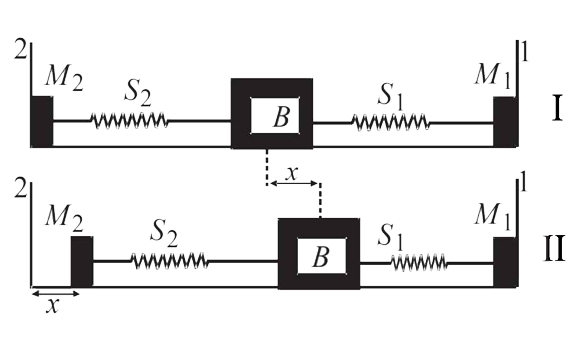 View Solution
View SolutionQuestion 5
A uniform rod of length L and mass M is pivotedat the centre. Its two ends are attached to two springs of equal spring constants. k. The springs as shown in the figure, and the rod is free to oscillate in hte horizontal plane. the rod is gently pushed through a small angle θ in one direction and released. the frequency of oscilllation is-
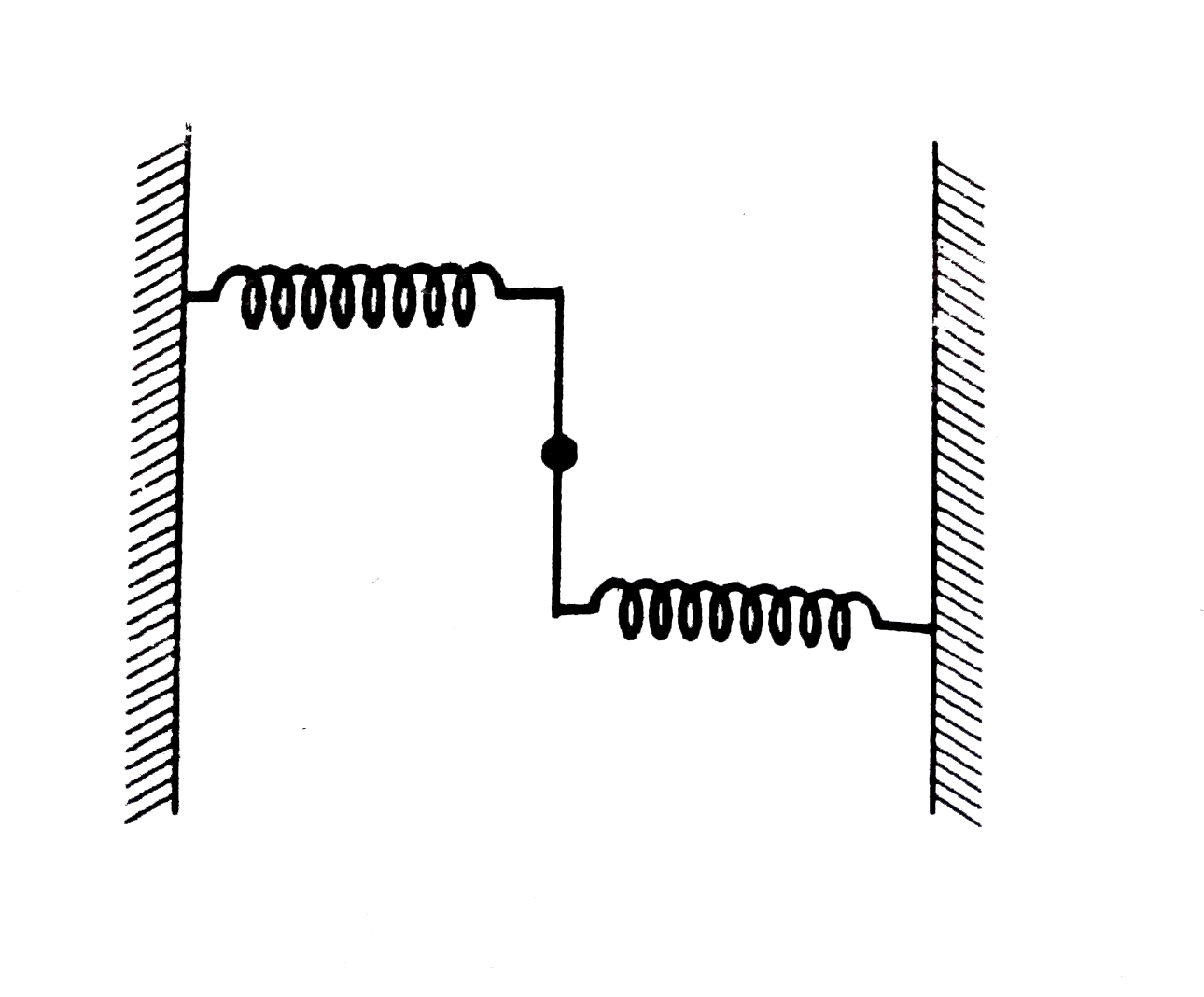 View Solution
View SolutionQuestion 7
A small block is connected to one end of a massless spring of un-stretched length 4.9 m. The other end of the spring (see the figure) is fixed. The system lies on a horizontal frictionless surface. The block is stretched by 0.2 m and released from rest at t = 0. It then executes simple harmonic motion with angular frequency ω=π3rad/s . Simultaneously at t = 0, a small pebble is projected with speed ν from point P at an angle of 45∘ as shown in the figure. Point P is at a horizontal distance of 10 m from O. If the pebble hits the block at t = 1s, the value of ν is (take g = 10 m/s2 )
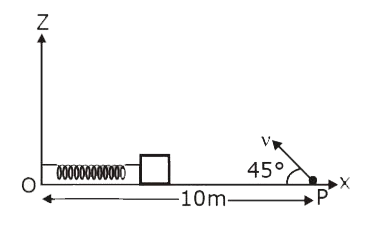 View Solution
View Solution
All Exercises from MODERN PUBLISHERS PHYSICS Class 11 PHYSICS OSCILLATIONS
- Competition ASSERTION REASON TYPE QUESTIONS
- Competition (INTEGER TYPE QUESTIONS)
- Competition File (JEE (Advanced) For IIT Entrance)
- Competition File (MATRIX MATCH TYPE QUESTIONS)
- Competition File (Matching Type Questions)
- Competition File (Multiple choice question)
- Competition File (Multiple choice question) based on a given passage/comprehension
- Competition File (Multiple choice questions)
- Competition File (Multiple choice questions) AIPMT/NEET other State Boards for Medical Entrance
- Competition file (Multiple choice question) JEE (Main) & Other State Boards for Engineering Entrance
- Conceptual Questions
- HOTS (Higher Order Thinking Skills & Advanced Level)
- NCERT (Additional Exercises)
- NCERT Exemplar Problems Subjective Question ( short Answer Type Questions )
- NCERT Exemplar Problems Subjective Question (Multiple Choice Questions (Type-I))
- NCERT Exemplar Problems Subjective Question (Multiple Choice Questions (Type-II))
- NCERT Exemplar Problems Subjective Question (Very short Answer Type Questions )
- NCERT FILE (Textbook Exercises)
- PRACTICE PROBLEMS
- PRACTICE PROBLEMS 2
- Practice Test (For Board Examination)
- Revision Exercises (Additional Question )
- Revision Exercises (Long Answer Questions)
- Revision Exercises (Numerical Problems)
- Revision Exercises (Short Answer Questions)
- Revision Exercises (Very Short Answer Questions)
- Revision Exercises (fill in the blanks)
- SOLVED EXAMPLES
- TOUGH & TRICKY PROBLEMS

